Gabions
A gabion wall is a retaining wall made of stacked stone-filled gabions tied together with wire
Gabions provide a versatile and sustainable solution in construction and environmental management, offering benefits in terms of erosion control, stability, and aesthetic appeal. Their use is widespread and continues to evolve as new applications and designs are developed.
Examples of our Gabions work
Feel free to contact us with any queries you might have
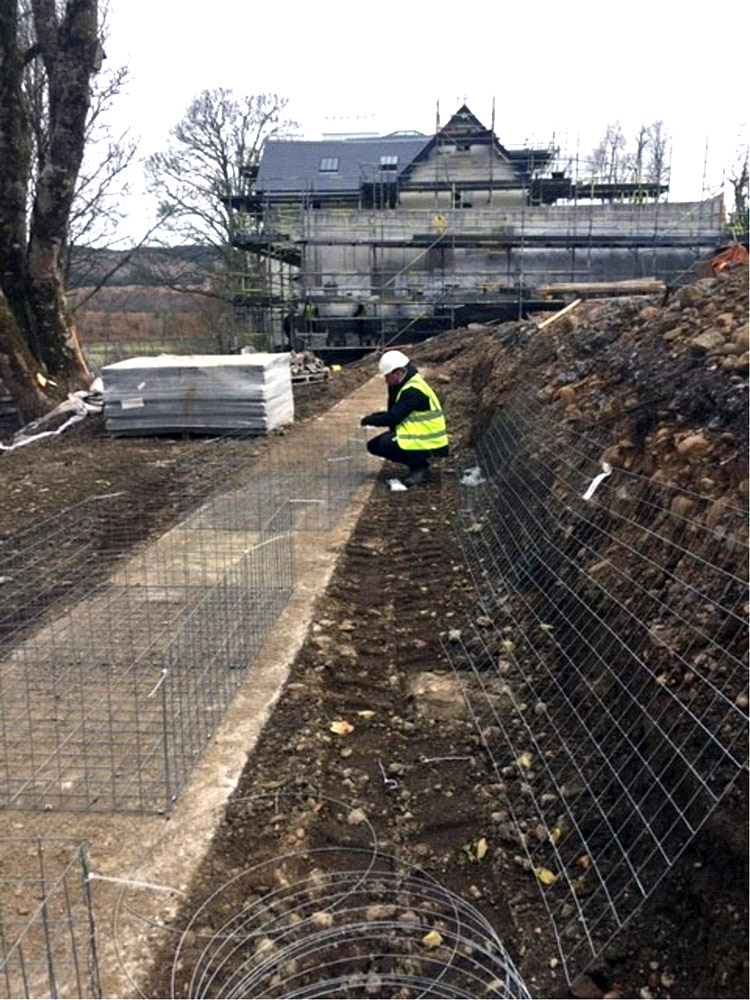
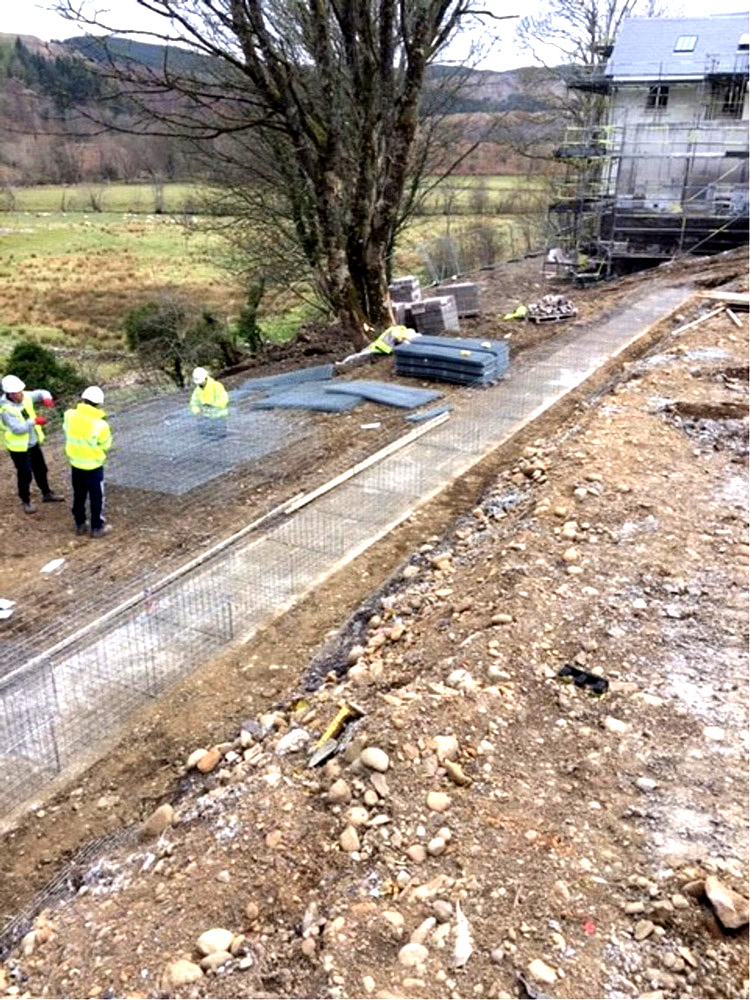
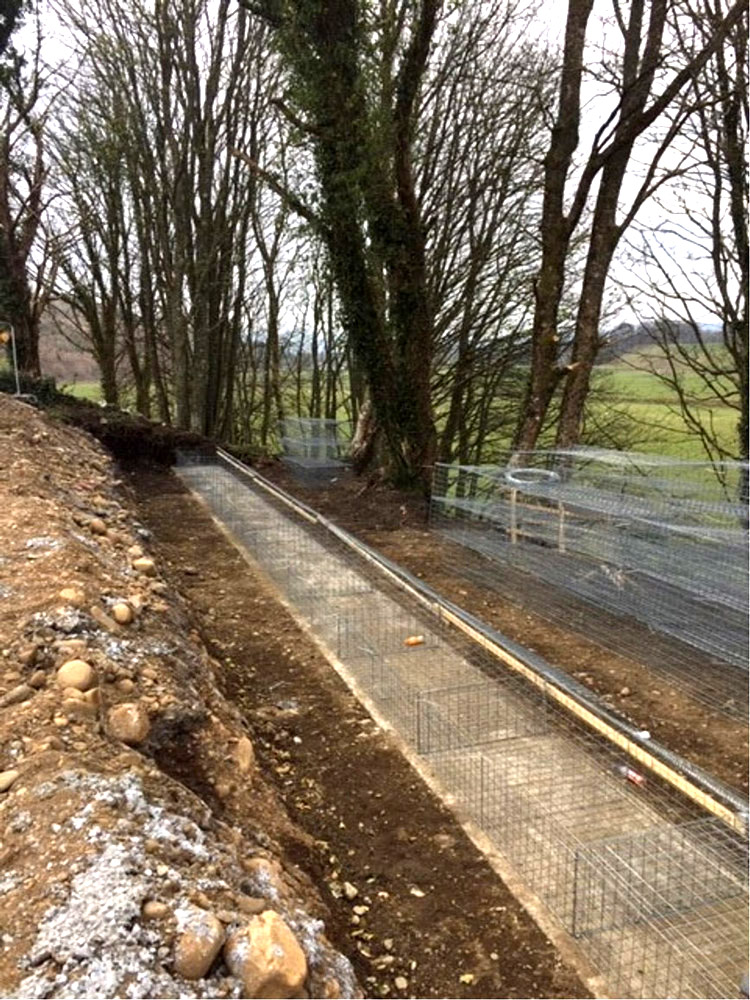
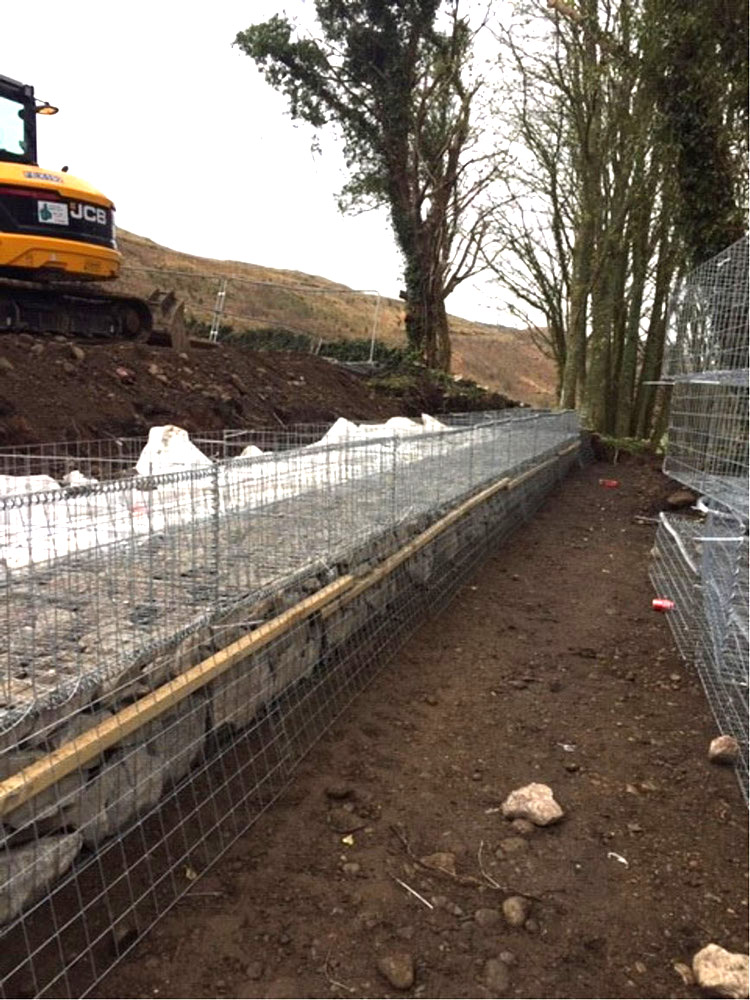
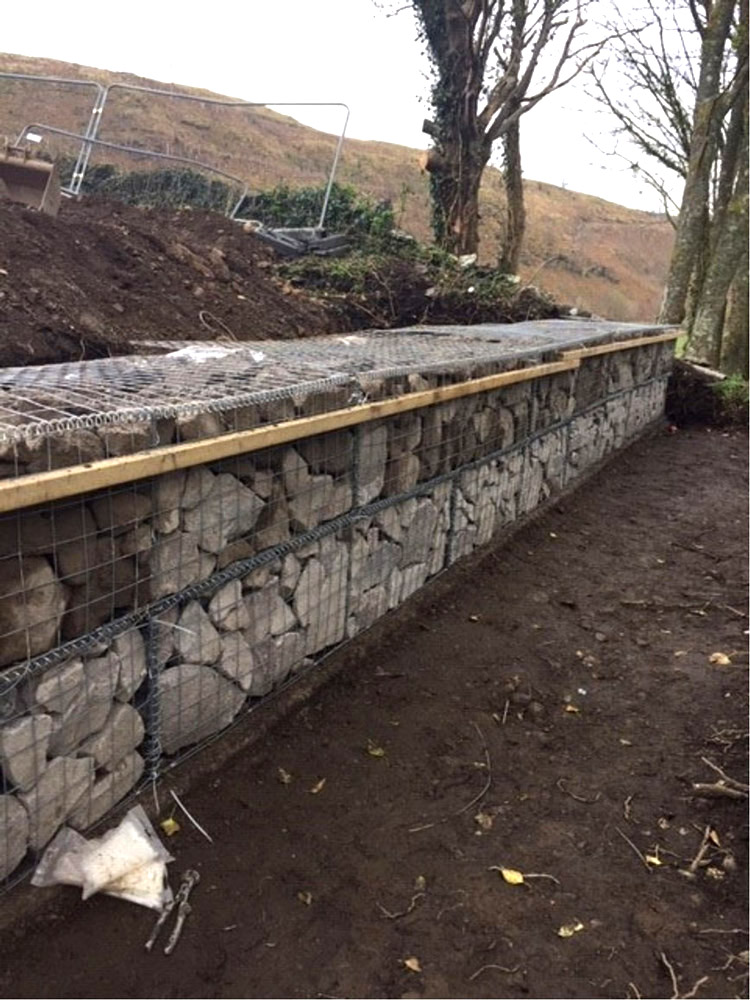
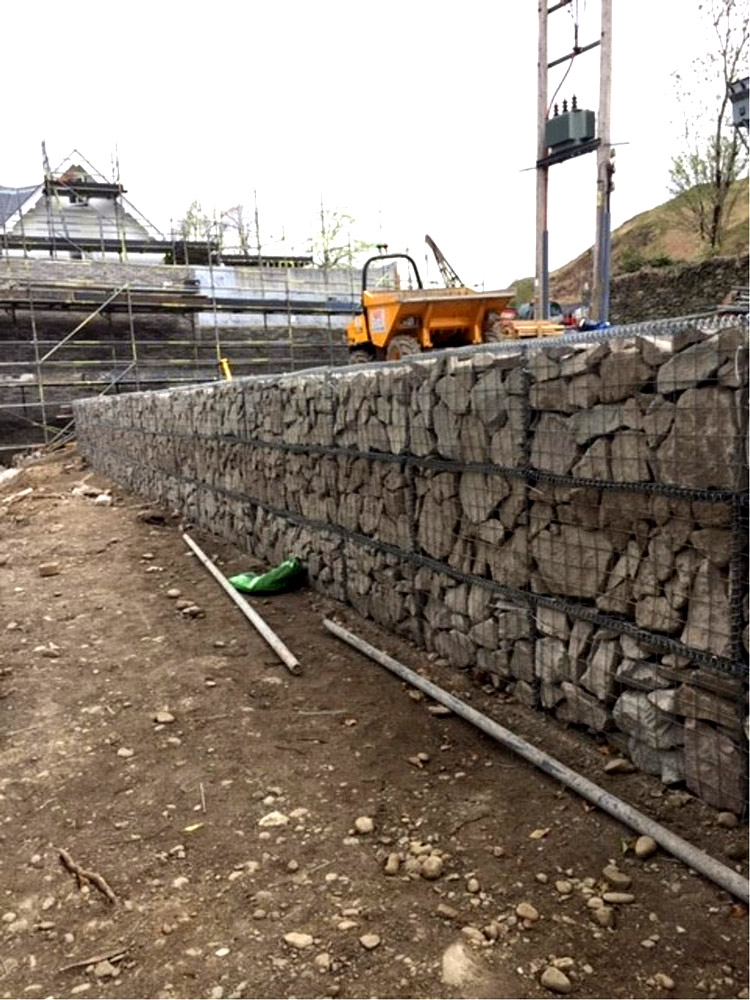
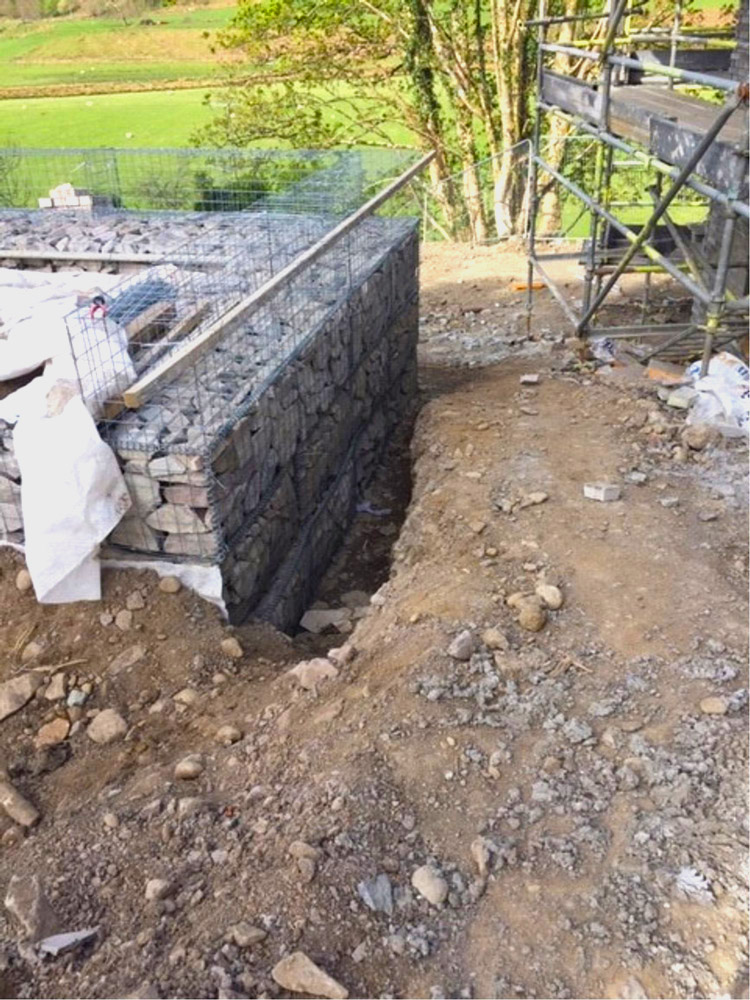
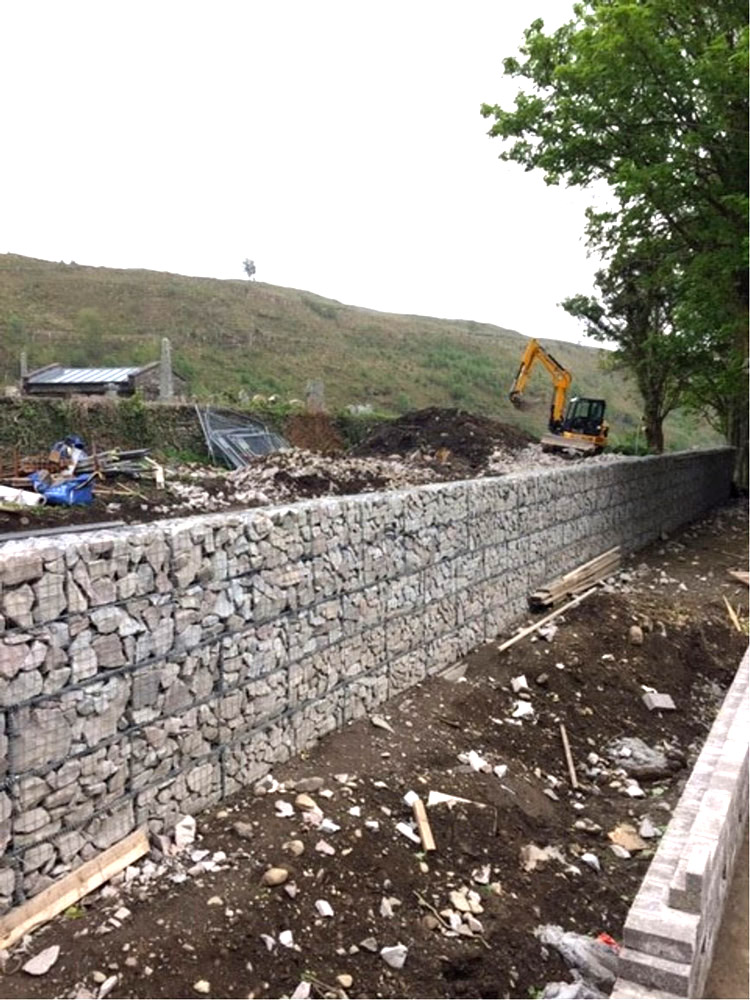
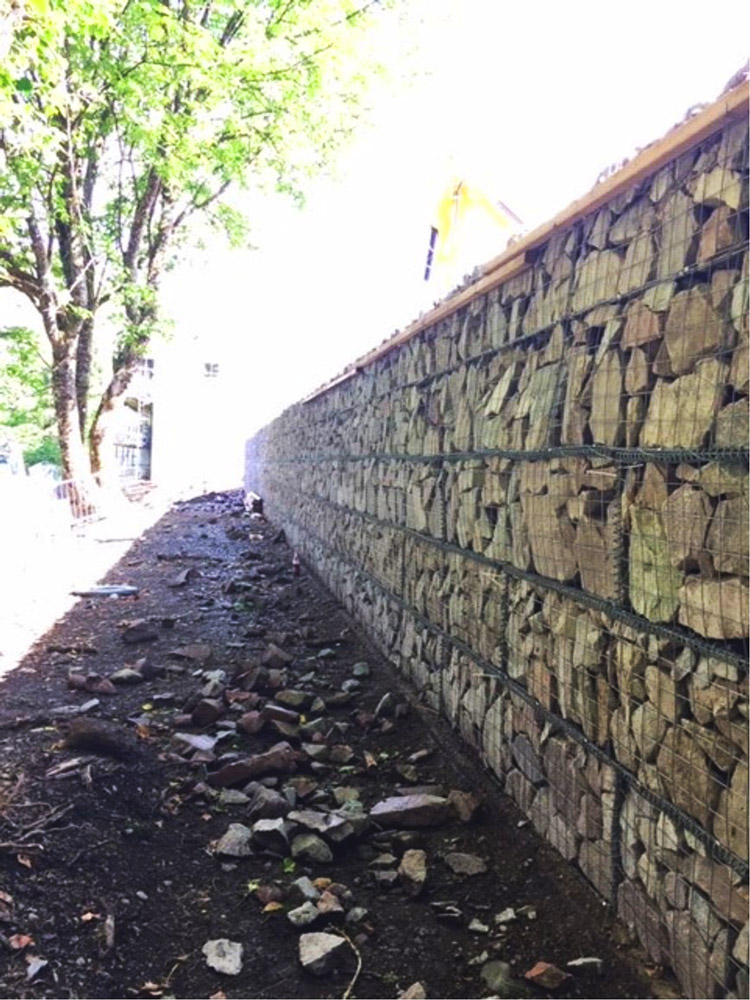
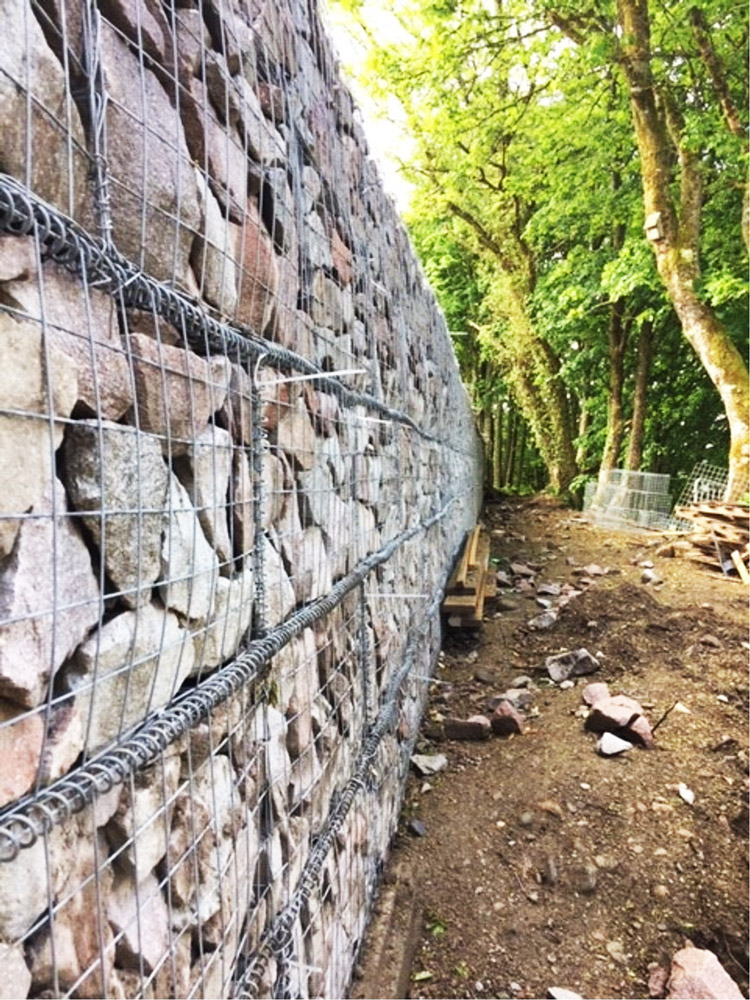
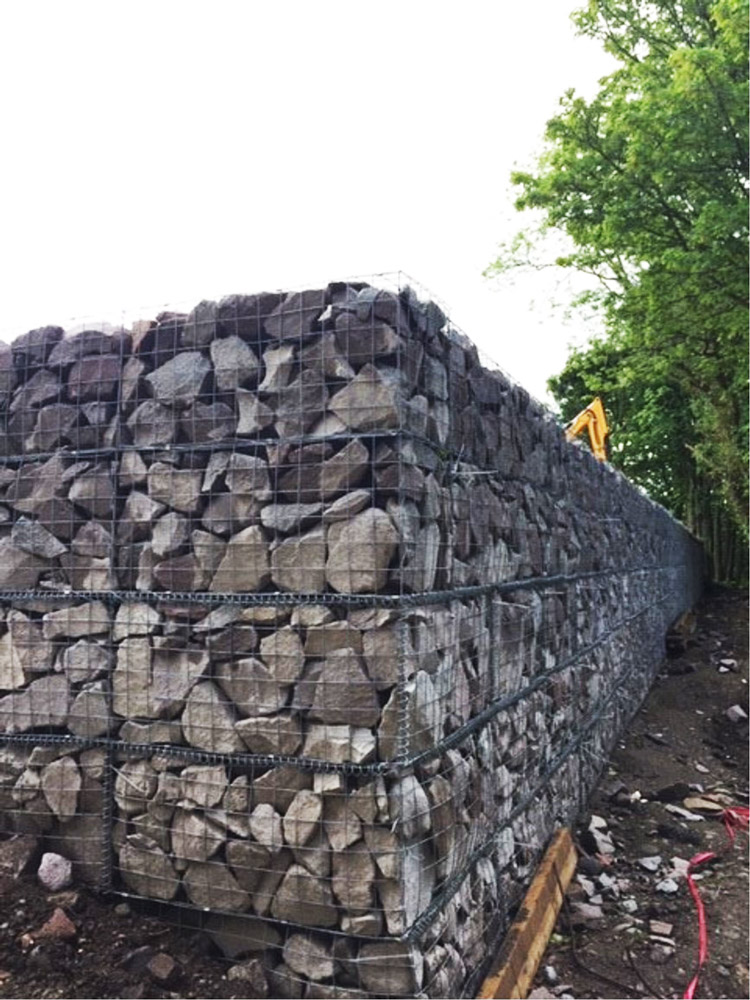
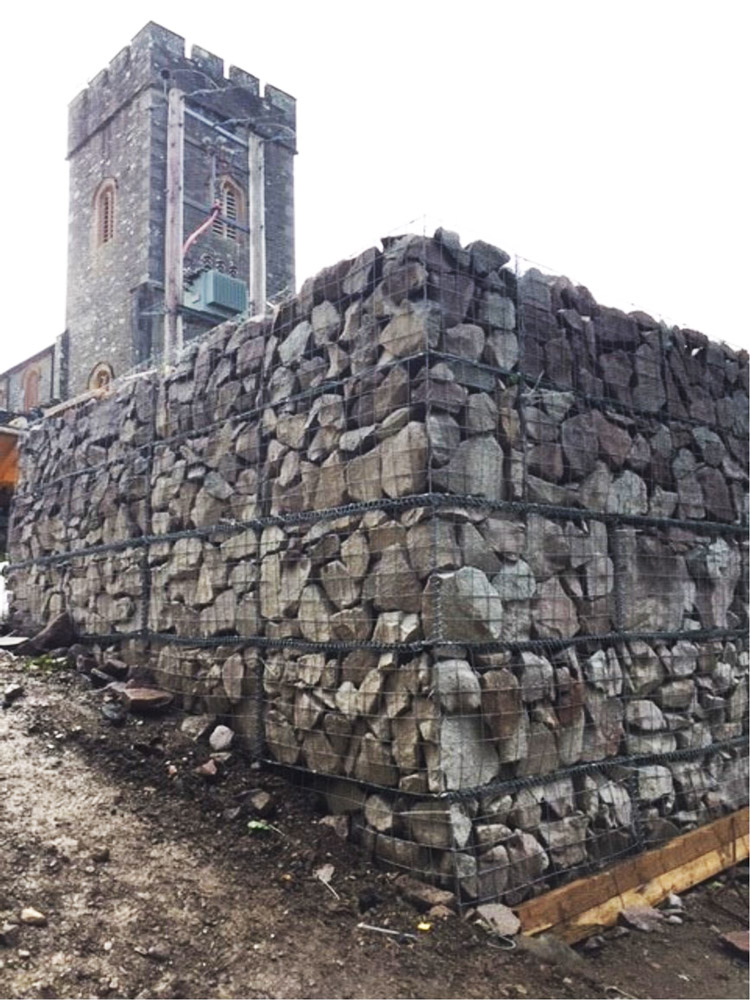
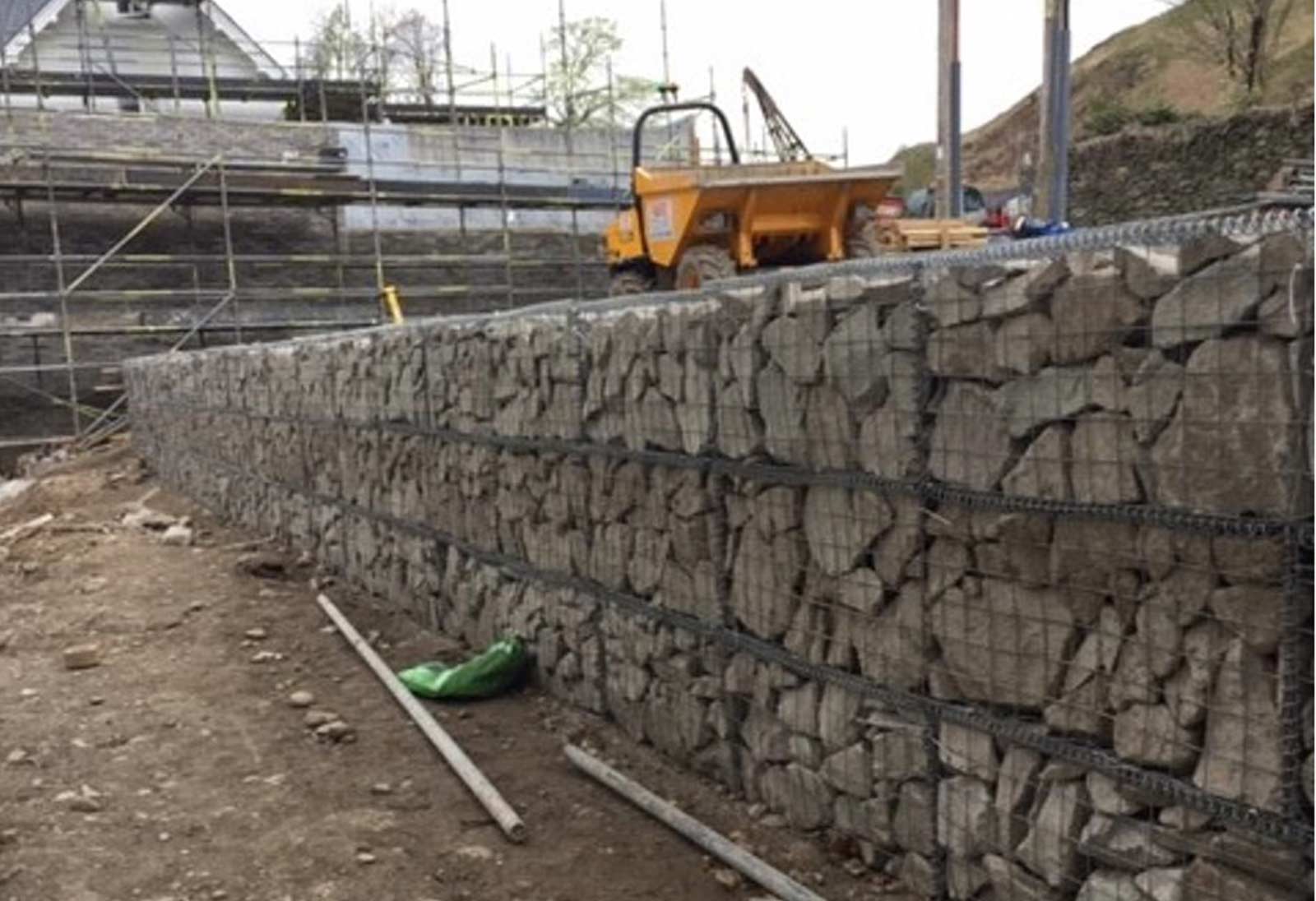
Gabions
Here are some key uses and aspects of gabions in construction:
Retaining Walls
Gabions are frequently employed as retaining walls to stabilize slopes and prevent erosion.
The porous nature of gabions allows water to pass through, reducing hydrostatic pressure and minimizing the risk of wall failure.
The porous nature of gabions allows water to pass through, reducing hydrostatic pressure and minimizing the risk of wall failure.
Erosion Control
Gabion structures are effective in preventing soil erosion along riverbanks, coastlines, and other areas prone to erosion.
They absorb and dissipate the energy of flowing water, protecting the surrounding soil.
They absorb and dissipate the energy of flowing water, protecting the surrounding soil.
Bridge Abutments and Wing Walls
Gabions are used as abutments and wing walls for bridges, providing stability and preventing soil displacement.
The flexibility of gabions can accommodate settlement and movement in the soil.
The flexibility of gabions can accommodate settlement and movement in the soil.
Landscaping and Architecture
Gabions are used in landscaping and architecture for aesthetic purposes.
They can be incorporated into design elements such as walls, benches, or artistic installations.
They can be incorporated into design elements such as walls, benches, or artistic installations.
Flood Control
In flood-prone areas, gabions can be deployed as barriers to control and redirect floodwaters.
Their permeable structure allows water to pass through, minimizing the risk of structural damage
Their permeable structure allows water to pass through, minimizing the risk of structural damage
Channel Lining
Gabions can be used to line channels and riverbanks to prevent erosion and stabilize the soil.
They offer a cost-effective and environmentally friendly solution for managing water flow.
They offer a cost-effective and environmentally friendly solution for managing water flow.
Military and Defense
Gabions have historical significance in military applications, where they were used for fortifications and protective barriers.
In modern times, they may still be used for temporary defense structures or as blast walls.
In modern times, they may still be used for temporary defense structures or as blast walls.
Noise Barriers
In urban environments, gabion walls can serve as noise barriers along highways or between residential and industrial areas.
The porous nature of gabions allows for sound absorption
The porous nature of gabions allows for sound absorption
Aquaculture
Gabions can be employed in aquaculture for constructing barriers or cages in water bodies for fish farming
Vegetated Gabions
Some gabions are designed to support vegetation growth. These "green" gabions can be used for environmental restoration and landscaping
Installation and Construction
Gabions are typically assembled on-site, with wire mesh containers filled with locally available stones or other materials.
Proper installation techniques and quality control are essential for ensuring the effectiveness and longevity of gabion structures.
Proper installation techniques and quality control are essential for ensuring the effectiveness and longevity of gabion structures.
Maintenance
While gabions are durable, periodic maintenance may be required, such as repairing damaged mesh or replacing worn-out stones to maintain structural integrity
